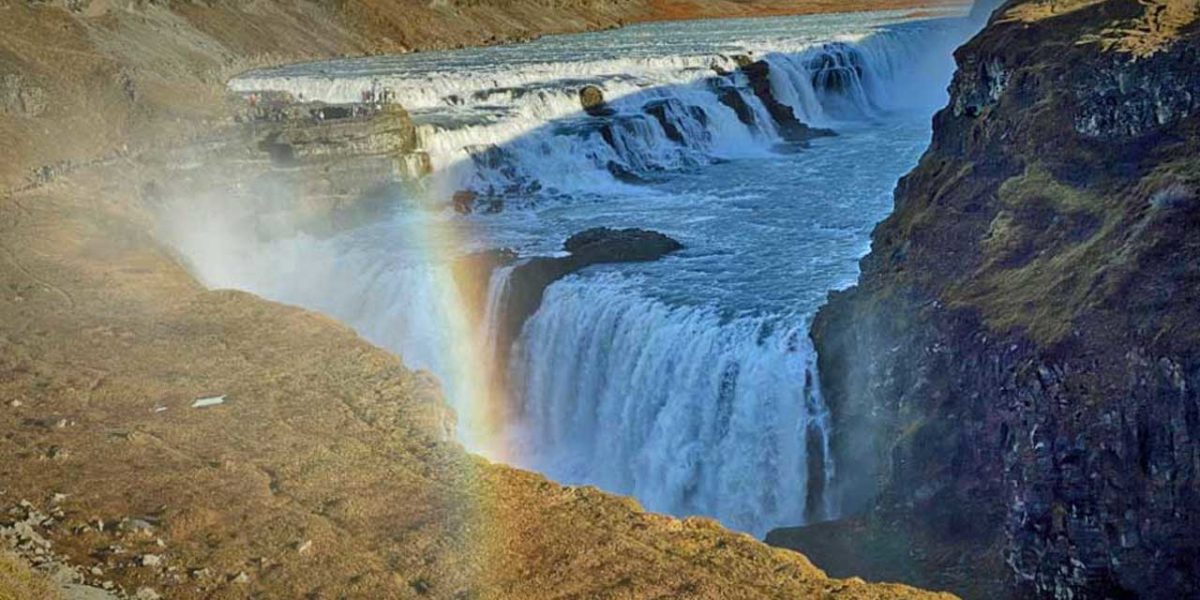EDITOR’S NOTE: Burien resident Fred Feiertag’s column for The B-Town Blog will help you start your week every Monday. Fred shares his observations, travel stories, musings, wanderings and more…
Story & Photos by Fred Feiertag
Our dazzled dozen tourist group left Iceland’s Thingvallir National Park feeling amazed at all we had seen. Iceland so far was living up to expectations. Our next stop was just a few miles further inland after something of a climb.
I find it a temptation to compare where I’m at to where I’m from. This isn’t really a good use of my fading brain cells. Mostly I try hard to simply appreciate the place I’m in and marvel at what I discover. This effort was really challenged when we arrived at Gullfoss. This is a waterfall on a glacier fed Hvítá River that is a very popular stop for tourists. Much like our pet waterfall, Snoqualmie Falls. Gullfoss seems to present a very dramatic variation on the waterfall theme and I was quite impressed.

The land surrounding the Hvítá River is reminiscent of the scrub land of Eastern Washington. The Hvítá River is the White River in Icelandic. There are more than a few similarities. Most of Eastern Washington is a vast plain of basalt lava flows. Add a dry climate and little grows except scrub type plants. This describes the land around Gullfoss very well. The biggest difference is the age of the lava. Our Washington state basalts were erupted around 15 million years ago. The basalt that made Gullfoss is less than 1 million years old, maybe even half of that. There has been little success in making much soil for even the hardiest of sub arctic trees to have a chance to grow. The terrific winds also prevent much soil accumulation. This all adds up to a very open and barren landscape that is common in the Icelandic high country.
Gullfoss is the most visited and photographed waterfall in the country and it is spectacular. It cascades over a couple of steps into a deep chasm. It delivers a satisfying roar and cloud of mist. When the sun is shining there is usually a nice rainbow to accent the scene. There is some history here as well. The waterfall is on private land and some decades ago the owners were approached with a tempting business proposition to allow a dam and power plant to be built on the Hvítá River. The generated electricity would provide a lifetime income and be clean power for the growing population of the island. Unfortunately the dam would have destroyed Gullfoss.
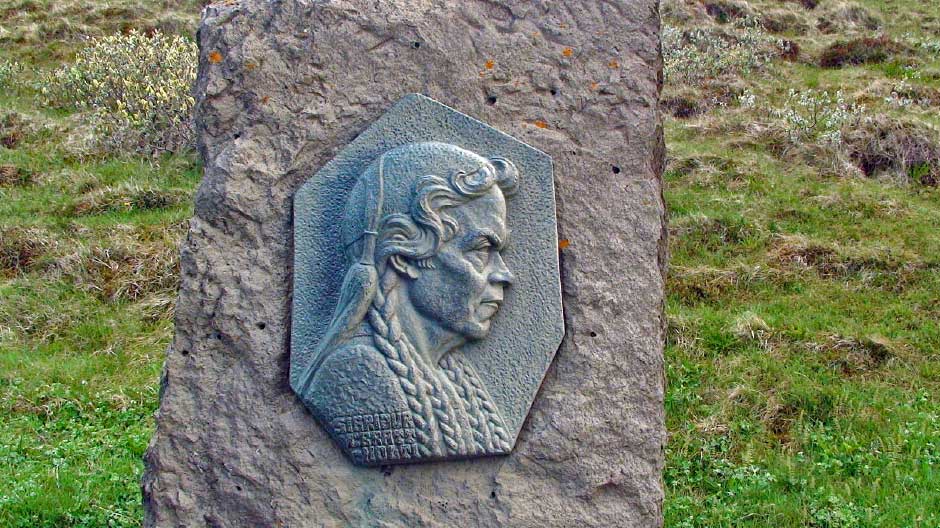
Fortunately Sigridur Tomasdottir thought this plan to be disastrous. Her father owned the land but still signed the papers that eventually became the license to build the power plant and dam. She tried for years to have governmental intervention to save the falls. After all the demonstrations failed, she made a personal plea by walking from the parliament in Reykjavik to Gullfoss barefoot. She said that she would throw herself into the falls if the project was not stopped. Her plea was heard and the falls are now a national treasure. She is recognized as the pioneer of Icelandic environmentalism. Her attorney became the first president of the Icelandic republic as well.

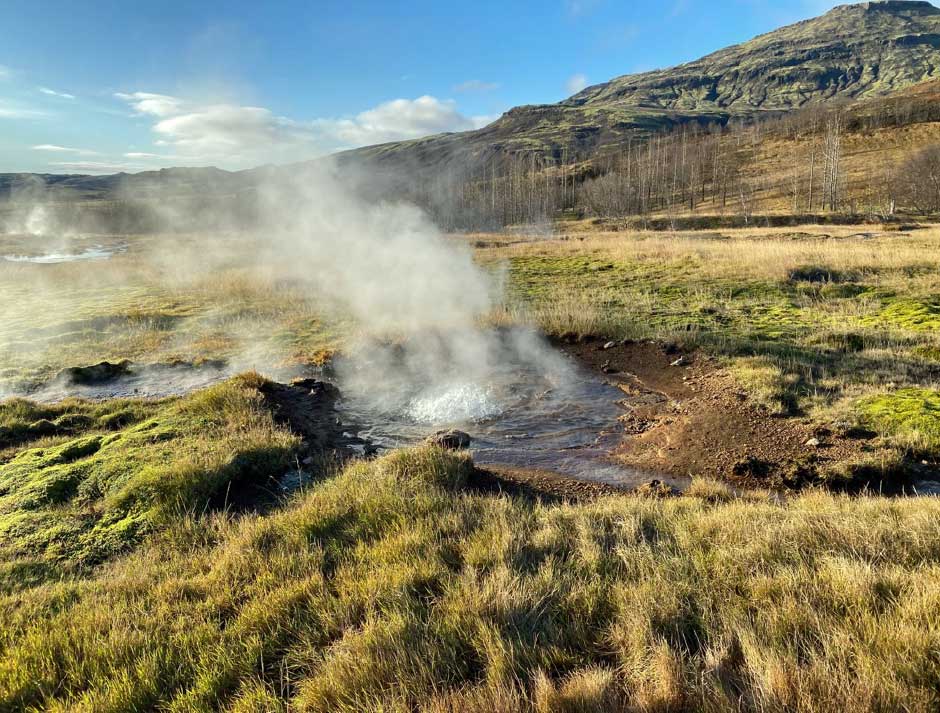
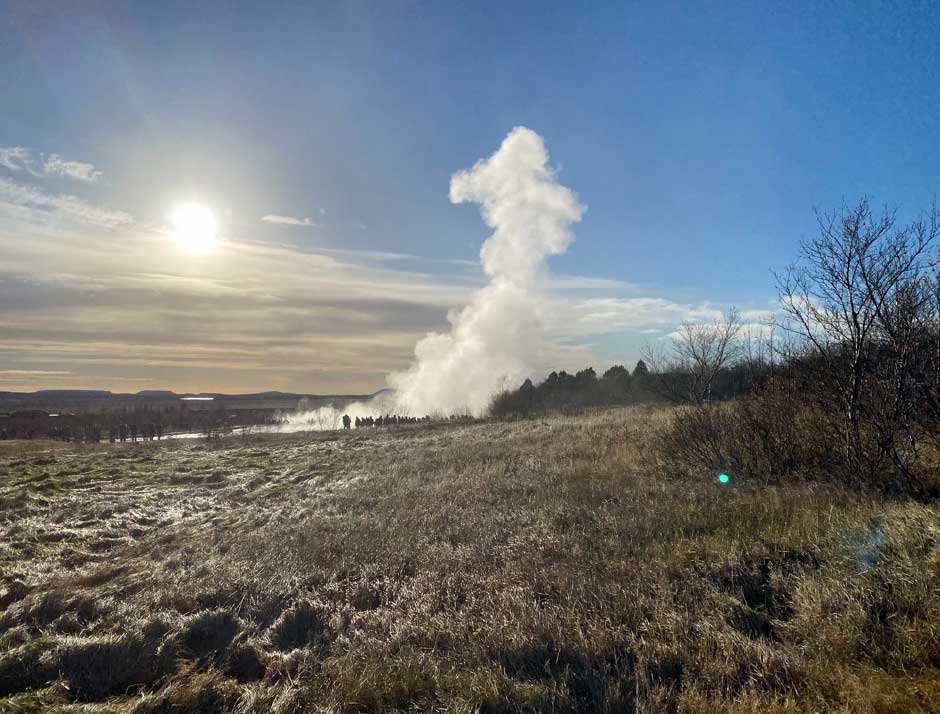
As if the huge waterfalls were not enough we left the Hvítá River behind and soon stopped at a place whose name you will recognize: Geysir. Here is found a thermally-active spot where the geysir named Geysir is to be found. Sadly it has become almost inactive in recent years. We were not to be disappointed because a younger upstart erupts a picturesque spout every few minutes. Surrounding these two are numerous steaming springs, bubbling pools, and a couple mudpots. Like a small roadside Yellowstone Park, it is not to be passed.
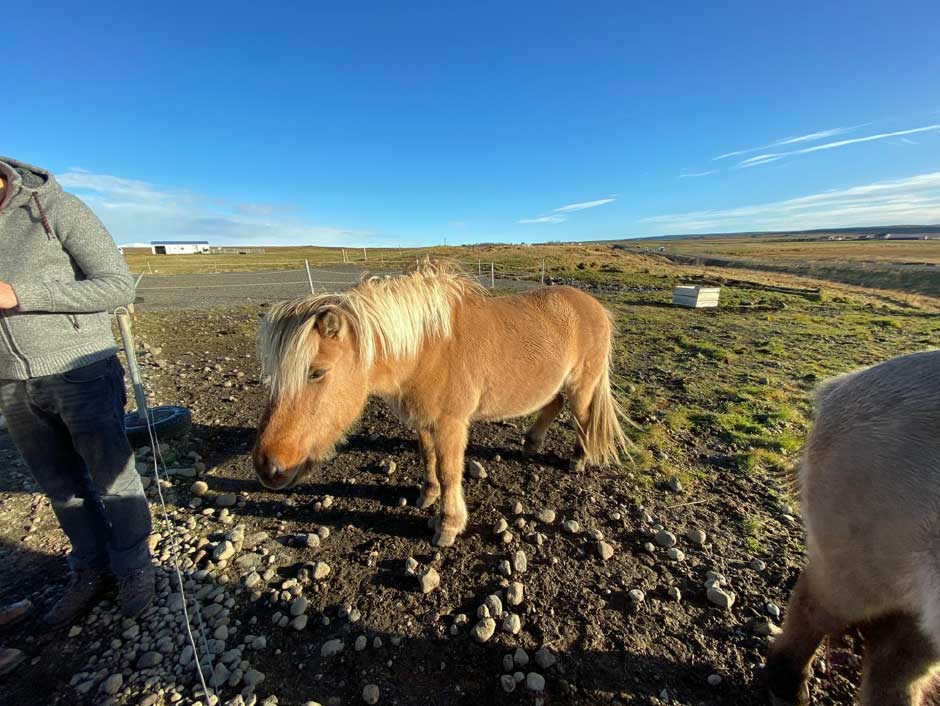
We also stopped at a nearby farm owned by friends or our trusty guide, Snori. Here we had a moment to meet some Icelandic horses. These charming little creatures have the softest coats and their eyes usually hidden behind long bangs. They are very smart and have a long, interesting history. Their ancestors were brought to Iceland almost a thousand years ago by the Vikings, of course. Although they look like ponies, the Icelandic horse people do not like to hear them called that. One of the few times Icelanders take offense. Maybe on a future visit I’ll go for ride in the back country and look for the hidden folk. (Another subject for a future column.)

